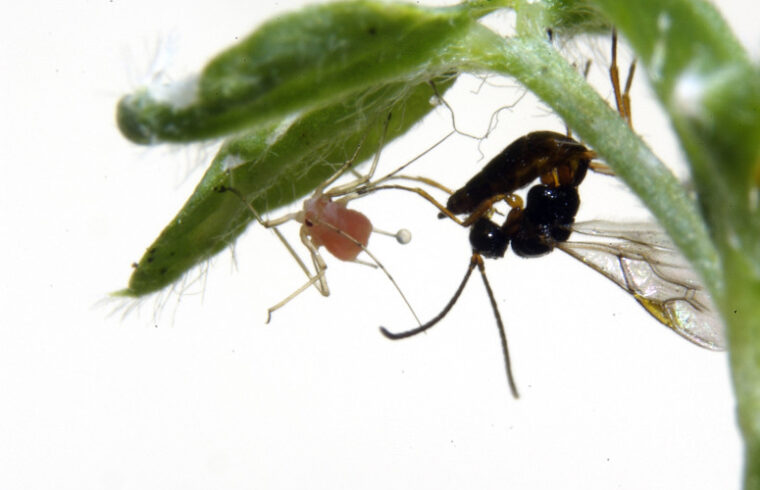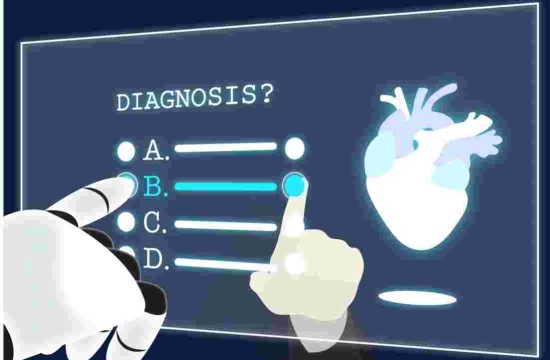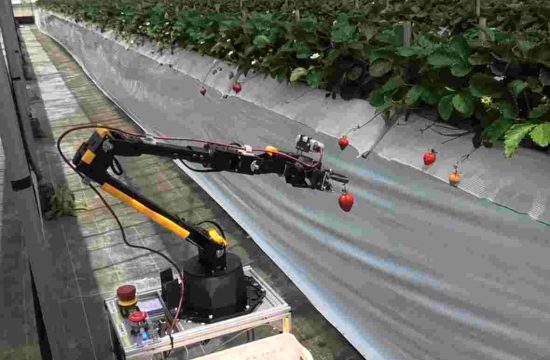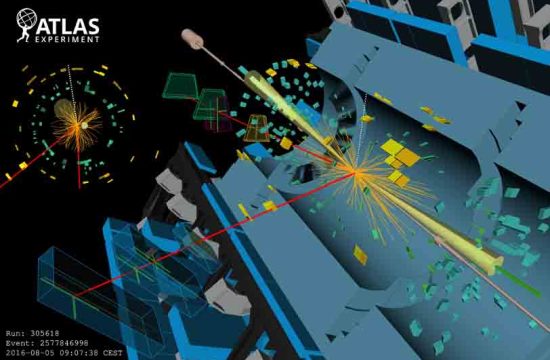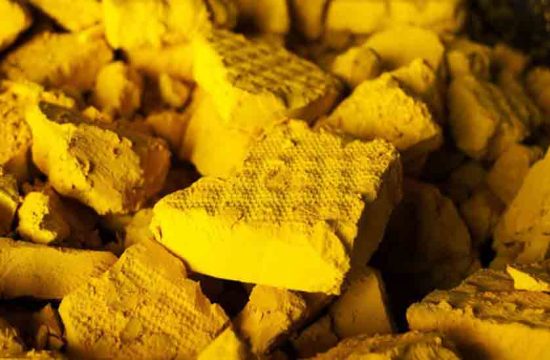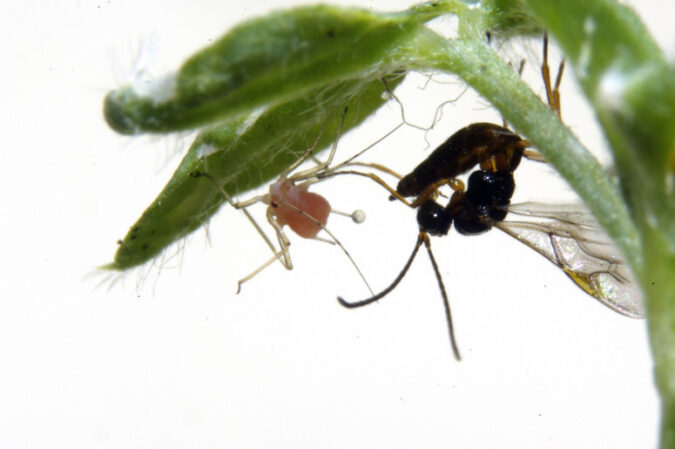
Like a scene from the popular sci-fi horror film Alien, when a wasp called Aphidius ervi lays its eggs, it injects them into the bodies of a small insect called a pea aphid. Eventually, the egg hatches, and the young, hungry wasp larva begins to eat the aphid from the inside, killing it in the process.
That is unless the aphid has a particular venom-producing bacteria at its disposal. Some pea aphids have resisted being typecast as housing and food for wasp larvae through a partnership with a bacterium called Hamiltonella defensa. The bacteria live inside the aphids and produce a venom that kills the wasp egg before it can develop and kill the insect. There is, however, a cost to this resistance for the aphids: lower reproductive output.
Researchers from the University of Wisconsin–Madison combined experiments with mathematical modeling to learn that dispersal of organisms involved in parasitic relationships through space can play an important role in balancing the effects of both ecology and evolution on those relationships, such as the one between Aphidius ervi and pea aphids. Lucas Nell, a PhD student in Professor Anthony Ives’ lab, led the research, which recently published in Science.
Since farmers often use Aphidus ervi as a biological control for pea aphid colonies that feed on crops, Nell and Ives’ findings could help guide future pest management strategies.
On a more fundamental level, this particular parasitic relationship offers researchers a great opportunity to study both evolution and ecology, as Ives, a professor of integrative biology, has been doing for decades.
Both species in the relationship aim to produce the most offspring possible to continue to proliferate and pass on their genetic information. To do so, they can evolve to pass on beneficial traits that allow them to maximize their success within the complex system of variables and limited resources of an ecosystem.
“There’s a ton of research studying how there’s biodiversity maintained in ecology and lots of research on how genetic variation is maintained in evolution. But looking at both simultaneously is what’s pretty new and exciting about this paper,” explains Nell, who is now a post-doctoral researcher at Stanford University. “Because evolution is so rapid, you can’t really untangle the ecology from the evolution. You really have to understand them at the same time. And we were able to do that, to look at how both sides of the coin are stabilized in our system.”
Pea aphids’ life cycles are relatively short, and they reproduce by creating offspring genetically identical to themselves. Their populations can double in size every two to three days, meaning genetic variations that most benefit the aphids can pass to subsequent generations in a short amount of time.
Scientists can track this evidence of evolution in a matter of weeks, rather than the years it takes to observe it in species that take longer to reproduce. To see the consequences of this evolution in the context of an ecological system, though, Nell and a team of undergraduate students spent a year collecting data.
A potential evolutionary benefit pea aphids can pass on, in this case, is the venom-producing bacteria. Hosting the parasite-resisting bacteria helps aphids maximize their reproduction when wasps are present and trying to lay their eggs in them.
However, since the bacteria also lower aphids’ reproductive rate, they’re only beneficial when there are enough parasites present to threaten the aphids. Otherwise, the aphids are stuck with venom-producing bacteria that lowers their birth rates and has no wasp eggs to kill. For that reason, there are always some individuals with resistance and others without it, creating a genetically diverse population.
Evolutionarily, for a population to be genetically diverse, there must also be differences across space. Being dispersed across space provides opportunities for increased genetic variation: Aphids that are the most well adapted in a particular field survive, reproduce and disperse to other fields, bringing their genetics with them. When genetically diverse aphids — some resistant to the wasps and others not — disperse across the landscape, their overall genetic diversity is maintained.
But Nell and Ives weren’t just looking at the evolution of the aphids, they were also looking at the parasitoid relationship in the context of their ecology. That means they had to consider a slew of other questions: Are there enough aphids for the wasp populations to support themselves? Do they need to fly over to another field to ensure they have enough food? What else lurks in those other fields?
“Some fields have a tendency to have a lot of parasitoids, and some have a tendency to have fewer parasitoids,” says Ives. “That affects whether it’s beneficial to have resistance or not, because there is that cost to having resistance.”
With all these variables to consider, the researchers found that what happens to aphids depends on a complex matrix of costs and benefits. It’s a push and pull, depending on where in space the wasps are and whether resistant aphids have an advantage over the non-resistant, but more reproductive, aphids.
Nell explains that when aphids disperse beyond a certain tipping point between fields, aphids across all fields will likely evolve to be either entirely resistant or not resistant to the wasps. That could cause a loss of genetic diversity, lower aphid populations and a potential loss of parasitoids. But, if aphids disperse at moderate rates across areas populated by various levels of wasp density, the aphids maintain a variety of genetic diversity that keep both species coexisting. The ecology and evolution are stable.
Not that stability is necessarily the goal, though, Ives explains. After all, aphids continuing to feed on crops isn’t desirable for most farmers. Characterizing this relationship across space and time in the context of the ecological system provides valuable insight into pest management practices, Ives says, and it could help inform future best practices farmers can employ to protect their crops.
This research was funded by a grant from the National Science Foundation.


